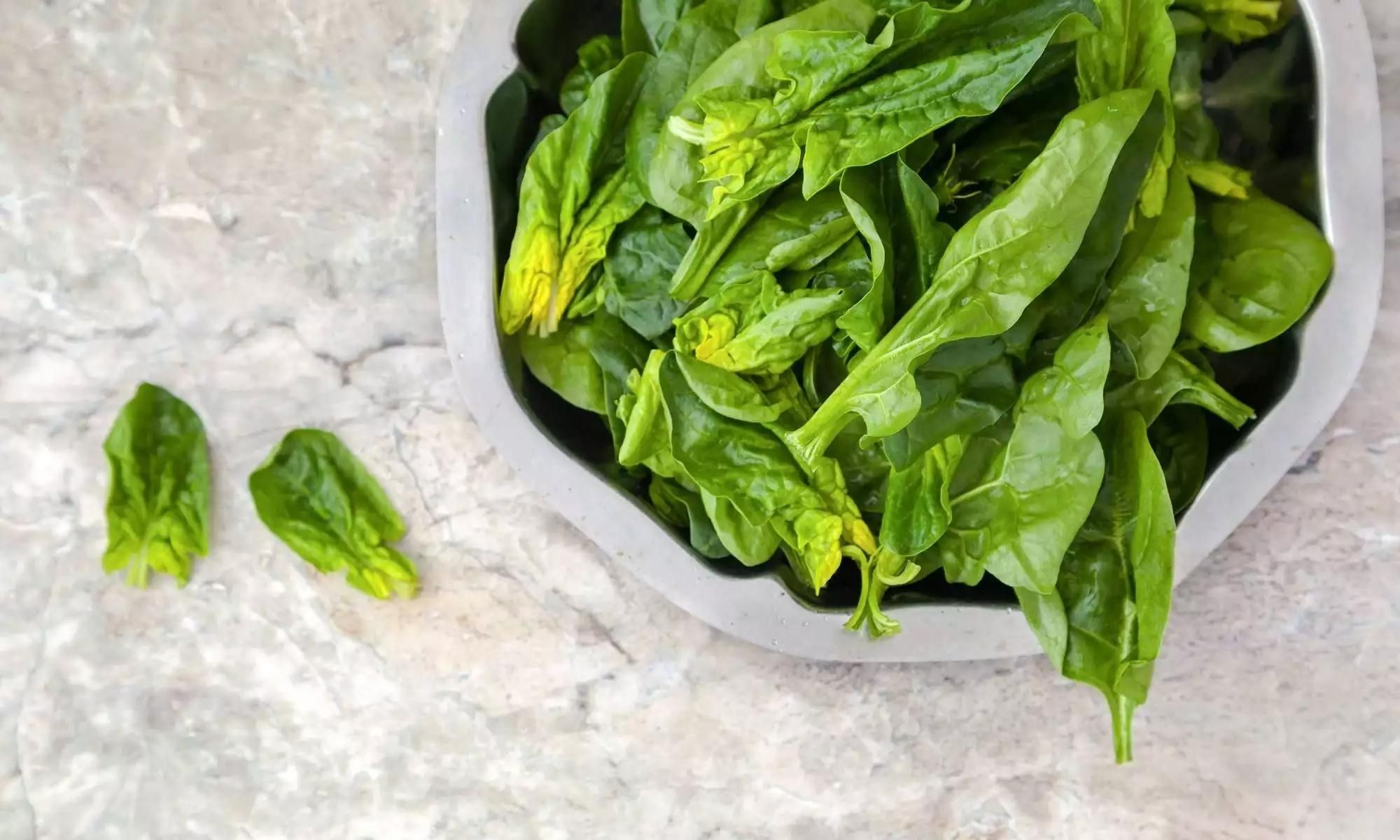

Articles
How To Store Spinach
Modified: February 29, 2024
Discover the best methods for storing spinach and keeping it fresh for longer. Read our articles on proper storage techniques and tips for preserving spinach's nutritional value.
(Many of the links in this article redirect to a specific reviewed product. Your purchase of these products through affiliate links helps to generate commission for Storables.com, at no extra cost. Learn more)
Introduction
Spinach is a versatile and nutritious leafy green vegetable that can be used in a variety of dishes. Whether you grow your own spinach or purchase it from the grocery store or local farmers market, proper storage is essential to maintain its freshness and quality for as long as possible. By storing spinach correctly, you can ensure that it stays crisp, vibrant, and packed with nutrients.
In this article, we will explore the importance of properly storing spinach and provide you with various methods for preserving its freshness. We will also offer tips for extending the shelf life of spinach and share how to store cooked spinach to minimize waste. So, if you want to make the most out of your spinach purchase and avoid any unnecessary spoilage, read on!
Key Takeaways:
- Properly storing spinach is crucial for maintaining its nutritional value, freshness, and flavor. By choosing fresh spinach, preparing it correctly, and utilizing various storage methods, you can enjoy this versatile vegetable to its fullest potential.
- Refrigeration, freezing, and blanching are effective methods for storing spinach. Handling spinach with care, minimizing moisture, and consuming older spinach first can help extend its shelf life and reduce waste.
Read more: How To Store Spinach Leaves
Importance of Properly Storing Spinach
Properly storing spinach is crucial for several reasons. First and foremost, it helps to maintain its nutritional value. Spinach is loaded with vitamins, minerals, and antioxidants that are beneficial to our health. However, these nutrients can deteriorate over time if the spinach is not stored correctly. By storing spinach properly, you can preserve its nutritional content and ensure that you are getting the maximum health benefits from this leafy green.
Secondly, storing spinach properly helps to maintain its freshness and flavor. Nothing is more disappointing than reaching for a bunch of spinach, only to find that it has wilted, turned yellow, or developed a slimy texture. Proper storage techniques can help to prolong the freshness of spinach, keeping it crisp and flavorful for longer periods.
Furthermore, effective storage methods can save you money. When spinach is not stored properly and goes bad too quickly, it can result in waste. By implementing the right storage techniques, you can extend the shelf life of spinach and reduce the amount of food that ends up in the garbage. This not only helps your budget but also reduces food waste, which is beneficial for the environment.
Lastly, proper spinach storage allows for more flexibility in meal planning. When you have fresh and well-preserved spinach on hand, you can incorporate it into a variety of meals throughout the week. Whether you are making a refreshing salad, adding it to smoothies, or using it as a base for a delicious sautéed dish, properly stored spinach ensures that you always have a versatile ingredient ready to go.
In summary, properly storing spinach is important for preserving its nutritional value, maintaining freshness and flavor, saving money, and allowing for more flexibility in meal planning. Now that we understand the significance of proper storage, let’s dive into the different methods for storing spinach to ensure that it remains fresh for as long as possible.
Choosing Fresh Spinach
When it comes to storing spinach, selecting fresh and high-quality leaves is the first step towards ensuring its longevity. Here are a few tips on how to choose the freshest spinach:
- Look for vibrant green color: Fresh spinach leaves should have a bright, vibrant green color. Avoid any leaves that appear to be pale or yellowish, as this can indicate age or spoilage.
- Inspect the leaves: Check the leaves for any signs of damage or wilting. The leaves should be firm and crisp to the touch, not limp or wilted. Avoid spinach with black spots or slimy patches, as these are signs of decay.
- Check the stems: The stems of fresh spinach should be relatively sturdy and not too thick. If the stems are too thick, it may indicate older or tougher spinach. Opt for spinach with thin and tender stems.
- Smell the spinach: Give the spinach a gentle sniff. It should have a fresh and earthy aroma. If the spinach smells off or has a strong odor, it may be past its prime.
- Consider the source: Whenever possible, choose locally grown or organic spinach. These options are often fresher and have been handled with care, resulting in a higher quality product.
Remember, the quality of the spinach you choose initially will greatly impact its storage life. By selecting fresh and high-quality spinach, you are setting yourself up for successful storage and enjoying flavorful and nutritious greens for longer periods.
Preparing Spinach for Storage
Before storing spinach, it’s important to properly prepare and clean the leaves to remove any dirt, debris, or contaminants. Follow these steps to prepare your spinach for storage:
- Inspect the leaves: Take a moment to inspect the spinach leaves and remove any damaged or wilted ones. Discard any leaves that appear to be yellowing or have slimy patches.
- Separate the leaves: Gently separate the spinach leaves from the stems. You can keep the stems if you prefer, but they may require a slightly different storage method.
- Rinse thoroughly: Thoroughly rinse the spinach leaves under cool running water. This will help remove any dirt or debris that may be clinging to the leaves. You can also use a salad spinner to dry the leaves after rinsing.
- Packaging options: Depending on your preferred storage method, you can either store the spinach in a plastic bag, an airtight container, or wrap it in a damp paper towel.
- Avoid excess moisture: It’s important to remove excess moisture before storing spinach. Excess moisture can lead to bacterial growth and accelerate spoilage. Make sure the leaves are dry before packing them for storage.
Once you have prepared the spinach, you are ready to store it using one of the methods we will discuss next. Whether you choose to refrigerate, freeze, or blanch the spinach, proper preparation will help prolong its freshness and maintain its quality.
Method 1: Refrigerating Spinach
Refrigeration is one of the most common methods for storing fresh spinach. Follow these steps to properly refrigerate spinach:
- Choose a storage container: Opt for a breathable container, such as a perforated plastic bag or a container with ventilation holes. This allows for proper airflow, preventing excess moisture buildup that can lead to wilting or spoilage.
- Line the container: If using a plastic bag, you can line it with a paper towel to help absorb any excess moisture.
- Place spinach in the container: Transfer the prepared spinach leaves to the storage container, packing them loosely to allow for airflow.
- Label and date: It’s a good practice to label the storage container with the date to keep track of its freshness.
- Store in the refrigerator: Place the container in the refrigerator in the vegetable compartment or in a dedicated crisper drawer. The ideal temperature for storing spinach is around 34 to 40°F (1 to 4°C).
- Check and use within a week: Spinach stored in the refrigerator should be used within one week for optimal freshness and flavor.
It’s important to note that refrigeration slows down the spoilage process, but it cannot completely prevent it. Regularly check the spinach for any signs of wilting, sliminess, or other decay, and discard any spoiled leaves to prevent the spread of decay to the rest of the batch.
Refrigeration is a convenient storage method for short-term preservation of spinach, allowing you to have fresh greens readily available for salads, smoothies, or cooking throughout the week. However, if you want to store spinach for longer periods, freezing is an excellent option, and we will explore it next.
Store spinach in a plastic bag with a paper towel to absorb excess moisture. Keep it in the crisper drawer of the refrigerator and use within 3-5 days for best freshness.
Read more: How To Store Spinach In Freezer
Method 2: Freezing Spinach
Freezing spinach is a great way to extend its shelf life and have a ready supply of greens for future use. Here’s how to properly freeze spinach:
- Blanch the spinach: Blanching involves briefly boiling the spinach to halt enzyme activity and preserve its color, texture, and nutrients. Bring a pot of water to a boil and add the spinach leaves for about 2 minutes. Then, transfer the blanched leaves to a bowl of ice water to cool them rapidly and stop the cooking process.
- Drain and squeeze out excess water: Drain the cooled spinach leaves and gently squeeze out any excess water. This step is crucial to prevent ice crystals from forming and affecting the quality of the spinach during freezing.
- Portion and pack: Divide the blanched and squeezed spinach into portion sizes that suit your needs. You can use freezer-safe bags or airtight containers. Make sure to remove as much air as possible from the packaging to minimize freezer burn.
- Label and date: Label each package with the date of freezing.
- Freeze: Place the packed spinach in the freezer, ensuring they are laid flat to maximize space and allow for even freezing. It’s recommended to store frozen spinach at 0°F (-18°C) or below.
- Use within several months: Frozen spinach can be safely stored for up to 10 to 12 months. However, for the best quality and flavor, it is advisable to use it within 3 to 6 months.
When you’re ready to use the frozen spinach, simply thaw it in the refrigerator overnight or use it directly in cooked dishes such as soups, stews, casseroles, or sautés. Keep in mind that frozen spinach will lose some of its texture and may be best suited for cooked applications rather than raw uses like salads.
Freezing spinach is a fantastic way to preserve its freshness and ensure you always have this nutritious green on hand, even when it’s out of season. Our next method involves blanching and storing spinach for the best results in terms of prolonged storage and retaining quality.
Method 3: Blanching and Storing Spinach
If you want to store spinach for an extended period, blanching and freezing is an effective method. Here’s how to blanch and store spinach:
- Prepare the spinach: Start by thoroughly washing the spinach leaves to remove any dirt or debris. Trim off any tough stems or damaged parts of the leaves.
- Bring a pot of water to a boil: Fill a large pot with water and bring it to a rolling boil. Make sure there’s enough water to fully submerge the spinach.
- Blanch the spinach: Carefully place the spinach leaves into the boiling water and blanch them for around 2 minutes. Blanching helps to preserve the color, texture, and nutrients of the spinach.
- Ice bath: After blanching, immediately transfer the spinach to a bowl of ice water to stop the cooking process. This helps to retain the vibrant green color and maintain the crispness of the leaves.
- Drain and squeeze out excess water: Once the spinach has cooled in the ice bath, drain it and use your hands to gently squeeze out any excess water. Properly draining and removing excess moisture is essential for preventing ice crystals and maintaining the quality of the spinach during storage.
- Portion and pack: Divide the blanched and squeezed spinach into portion sizes that suit your needs. You can use freezer-safe bags, airtight containers, or even vacuum-sealed bags. Removing as much air as possible from the packaging will help prevent freezer burn.
- Label and date: It’s important to label each package with the date of blanching and freezing.
- Freeze: Place the packed spinach in the freezer, ensuring they are laid flat to maximize space and allow for even freezing. Store the spinach at 0°F (-18°C) or below.
- Use within a year: Properly blanched and frozen spinach can be stored for up to one year. However, for the best quality and flavor, it’s recommended to use it within 8 to 10 months.
When you’re ready to use the blanched spinach, simply thaw it in the refrigerator overnight or add it directly to cooked dishes like sauces, dips, or fillings. Blanching and freezing spinach allows you to enjoy the taste and nutritional benefits of fresh spinach even when it’s out of season.
Now that we’ve explored different methods for storing fresh spinach, let’s move on to discussing the proper storage of cooked spinach.
Properly Storing Cooked Spinach
If you have leftover cooked spinach or you want to prepare a larger batch in advance, it’s important to store it properly to maintain its quality and prevent spoilage. Here are some tips for storing cooked spinach:
- Cool down the spinach: Allow the cooked spinach to cool at room temperature for about 1-2 hours before refrigerating or freezing. This helps prevent condensation, which can lead to excess moisture and deterioration.
- Divide into portions: If you have a large amount of cooked spinach, it’s best to divide it into smaller portions that you’ll use within a few days. This allows for easier storage and minimizes the need for reheating the entire batch.
- Choose appropriate containers: For refrigeration, store the cooked spinach in airtight containers or resealable bags. Make sure they are specifically designed for freezing if you plan to freeze the spinach.
- Label and date: To keep track of when the cooked spinach was stored, label each container with the date of preparation.
- Refrigeration storage: Cooked spinach can be stored in the refrigerator for up to 3-4 days. Ensure it is placed in the refrigerator at a temperature of 40°F (4°C) or below.
- Freezing storage: If you want to keep cooked spinach for longer periods, freeze it. Package the portions tightly to minimize air exposure and freezer burn. Cooked spinach can be safely stored in the freezer for 2-3 months.
- Thaw and reheat properly: When you’re ready to use the stored cooked spinach, thaw it in the refrigerator overnight. Reheat it thoroughly before consuming, ensuring it reaches a temperature of 165°F (74°C) to kill any potential bacteria.
Properly storing cooked spinach not only helps to reduce waste but also allows for convenient meal planning and preparation. Having pre-cooked spinach on hand can save time and make weeknight dinners a breeze.
Now that you know how to store both raw and cooked spinach effectively, let’s explore some additional tips for extending the shelf life of spinach.
Tips for Extending Spinach Shelf Life
To maximize the shelf life of spinach and prevent it from spoiling prematurely, consider the following tips:
- Handle with care: When handling spinach, be gentle to avoid bruising or damaging the leaves. Even a slight bruise can accelerate spoilage.
- Store unwashed: It’s best to store spinach unwashed until you’re ready to use it. Moisture can cause the leaves to wilt and decay more quickly, so only wash the spinach right before cooking or consuming.
- Keep moisture to a minimum: Excess moisture can contribute to spoilage. Ensure that the spinach is well-drained and remove any excess water before storing it in the refrigerator or freezer.
- Avoid crowding: Allow some space for air circulation within the storage container. Crowding the spinach together can lead to increased moisture buildup and decay.
- Check regularly: Regularly inspect your stored spinach for any signs of wilting, discoloration, or decay. Remove any affected leaves promptly to prevent the spread of spoilage.
- Consider blanching before storage: If you have an abundance of fresh spinach and want to store it for longer periods, consider blanching and freezing it. Blanching helps to preserve the quality and nutrients while reducing the risk of spoilage.
- Consume older spinach first: If you have different batches of spinach with varying freshness, use the older spinach first to prevent any waste.
- Store away from ethylene-producing fruits: Ethylene is a natural gas produced by certain fruits like apples and bananas, which can accelerate the ripening and spoilage of spinach. Keep spinach away from these fruits to extend its shelf life.
- Grow your own: If possible, consider growing your own spinach. This allows you to harvest the leaves as needed, ensuring the utmost freshness and reducing the need for storage.
- Adjust refrigerator temperature: Ensure that your refrigerator is set to the appropriate temperature for storing perishable greens like spinach. Aim for a temperature between 34 to 40°F (1 to 4°C).
By following these tips, you can extend the shelf life of spinach and reduce potential waste, ensuring that you always have fresh and nutritious greens on hand for your culinary creations.
Now that you have a thorough understanding of how to properly store and extend the shelf life of spinach, you can enjoy this versatile vegetable to its fullest potential. Remember to choose fresh spinach, prepare it correctly, and utilize the various storage methods to keep it at its best for as long as possible.
Happy cooking and enjoy your delicious spinach creations!
Read more: How To Store Baby Spinach
Conclusion
Properly storing spinach is essential for maintaining its freshness, flavor, and nutritional value. Whether you have freshly harvested spinach from your garden or purchased it from the store, following the right storage methods can help prolong its shelf life and minimize waste.
In this article, we’ve covered several methods for storing spinach, including refrigeration, freezing, and blanching. Refrigerating spinach is a convenient option for short-term storage, while freezing spinach allows for longer-term preservation. Blanching and freezing are recommended for those looking to store spinach for extended periods while maintaining its optimal quality.
Remember to choose fresh spinach with vibrant green leaves when making your selection. Properly prepare the spinach by cleaning, removing damaged leaves, and drying them thoroughly. Then, store the spinach in breathable containers for refrigeration or use airtight containers or bags for freezing.
Additionally, we discussed the proper storage of cooked spinach, emphasizing the importance of cooling, portioning, and selecting suitable containers for refrigeration or freezing.
To extend the shelf life of spinach, it’s crucial to handle it with care, keep excess moisture to a minimum, regularly check for signs of spoilage, and consume older spinach first. Blanching before storage and adjusting refrigerator temperature are additional tips that can help prolong the freshness of spinach.
By following these guidelines and utilizing the appropriate storage methods, you can enjoy fresh, vibrant, and nutrient-rich spinach in a variety of dishes throughout the year.
So, the next time you purchase or harvest spinach, remember the importance of proper storage techniques. By doing so, you can reduce waste, save money, and ensure that you always have this versatile and nutritious green leafy vegetable ready to enhance your meals.
Happy storing and enjoy your fresh and delicious spinach!
Frequently Asked Questions about How To Store Spinach
Was this page helpful?
At Storables.com, we guarantee accurate and reliable information. Our content, validated by Expert Board Contributors, is crafted following stringent Editorial Policies. We're committed to providing you with well-researched, expert-backed insights for all your informational needs.
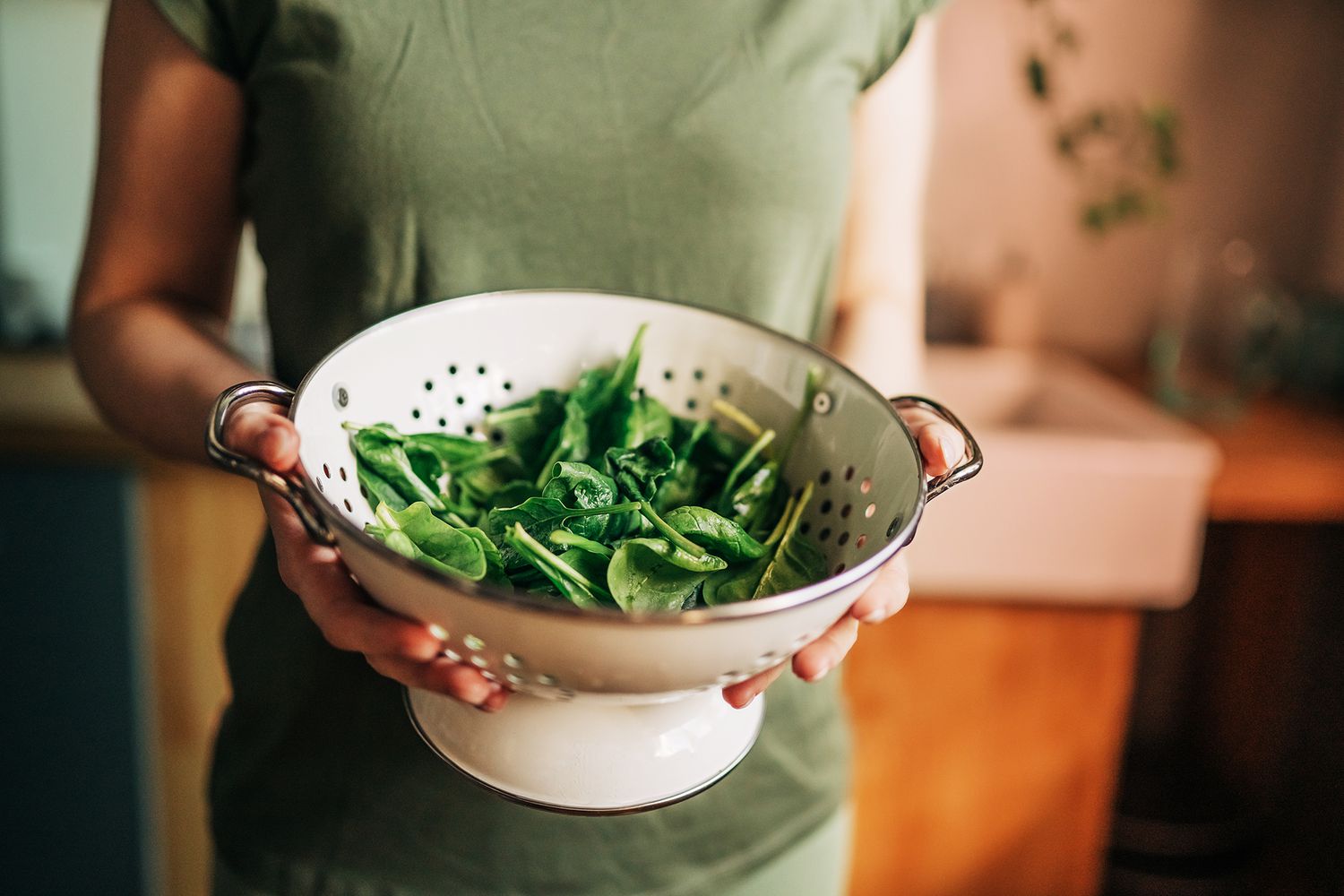
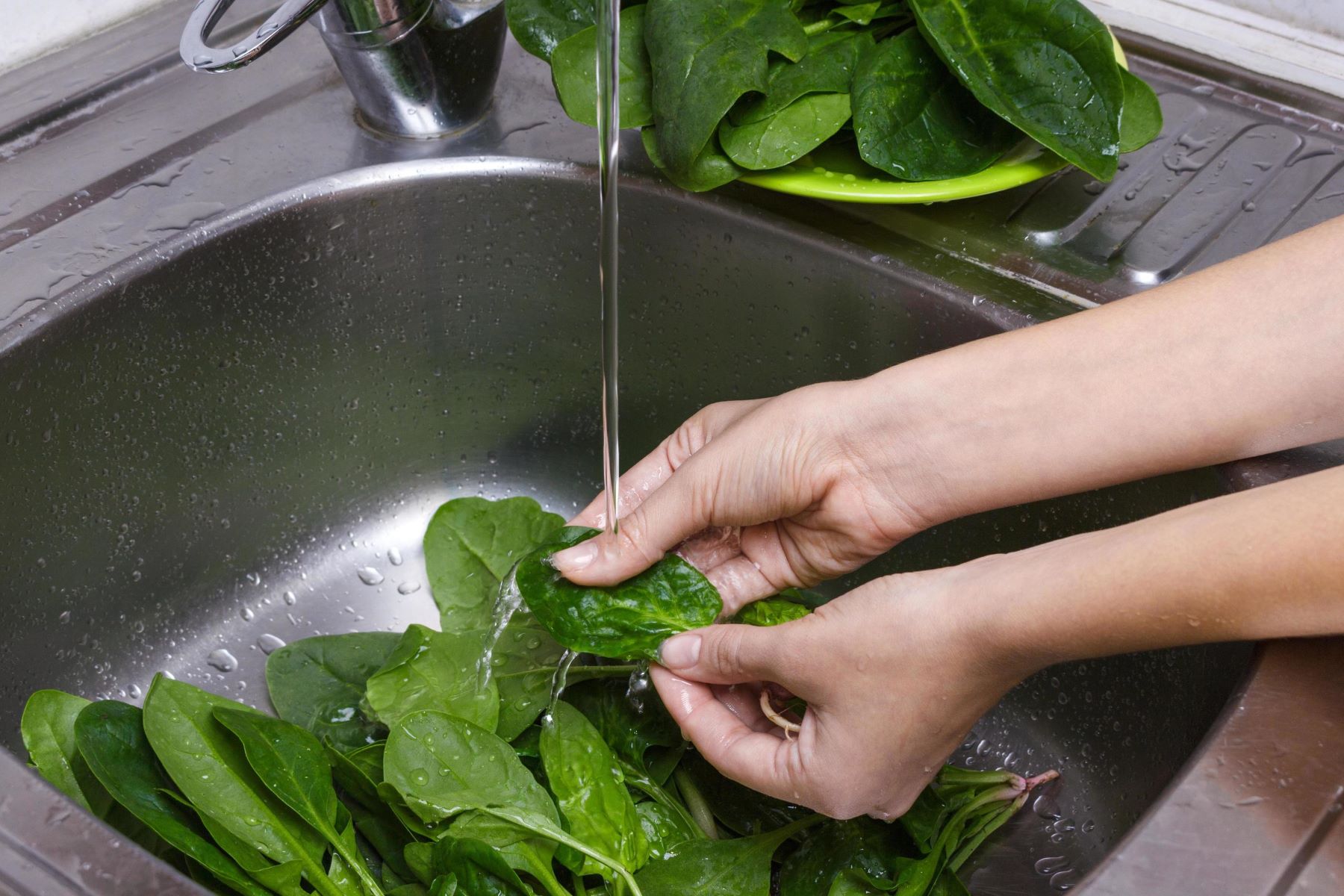
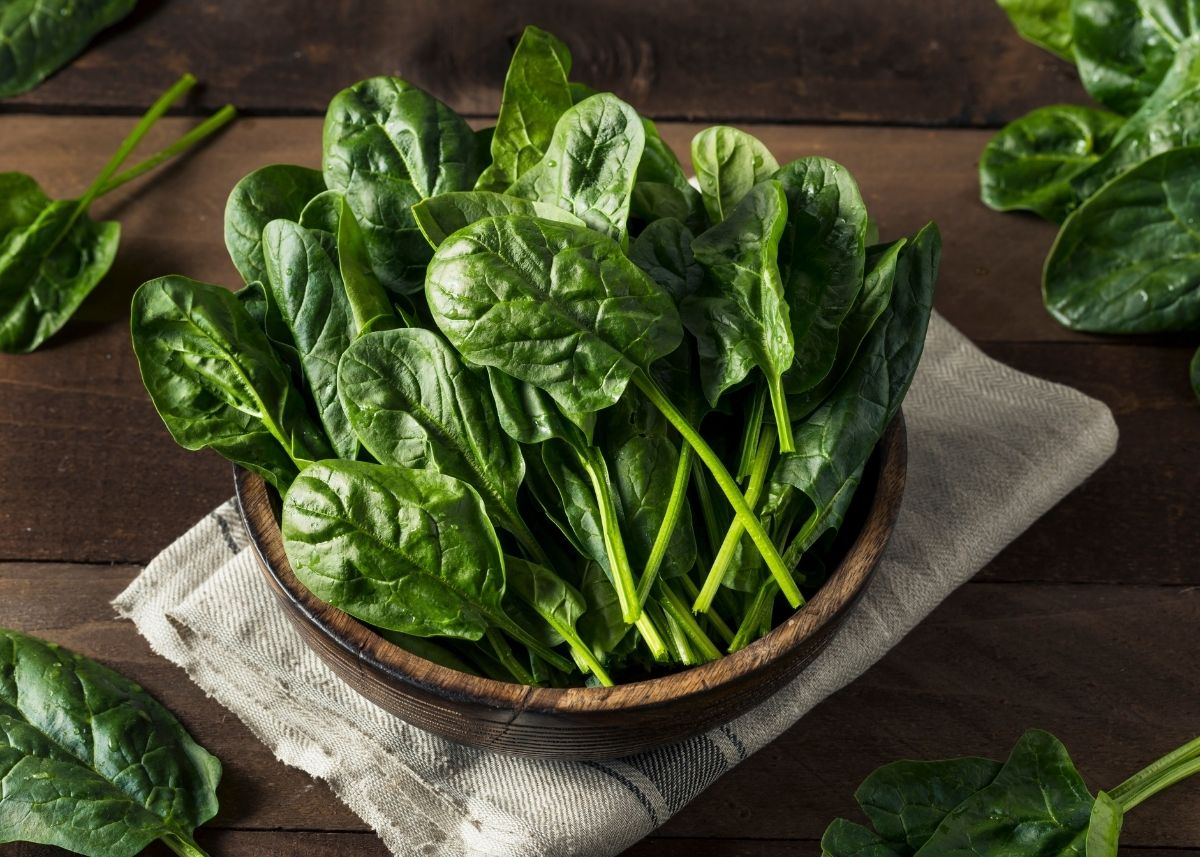

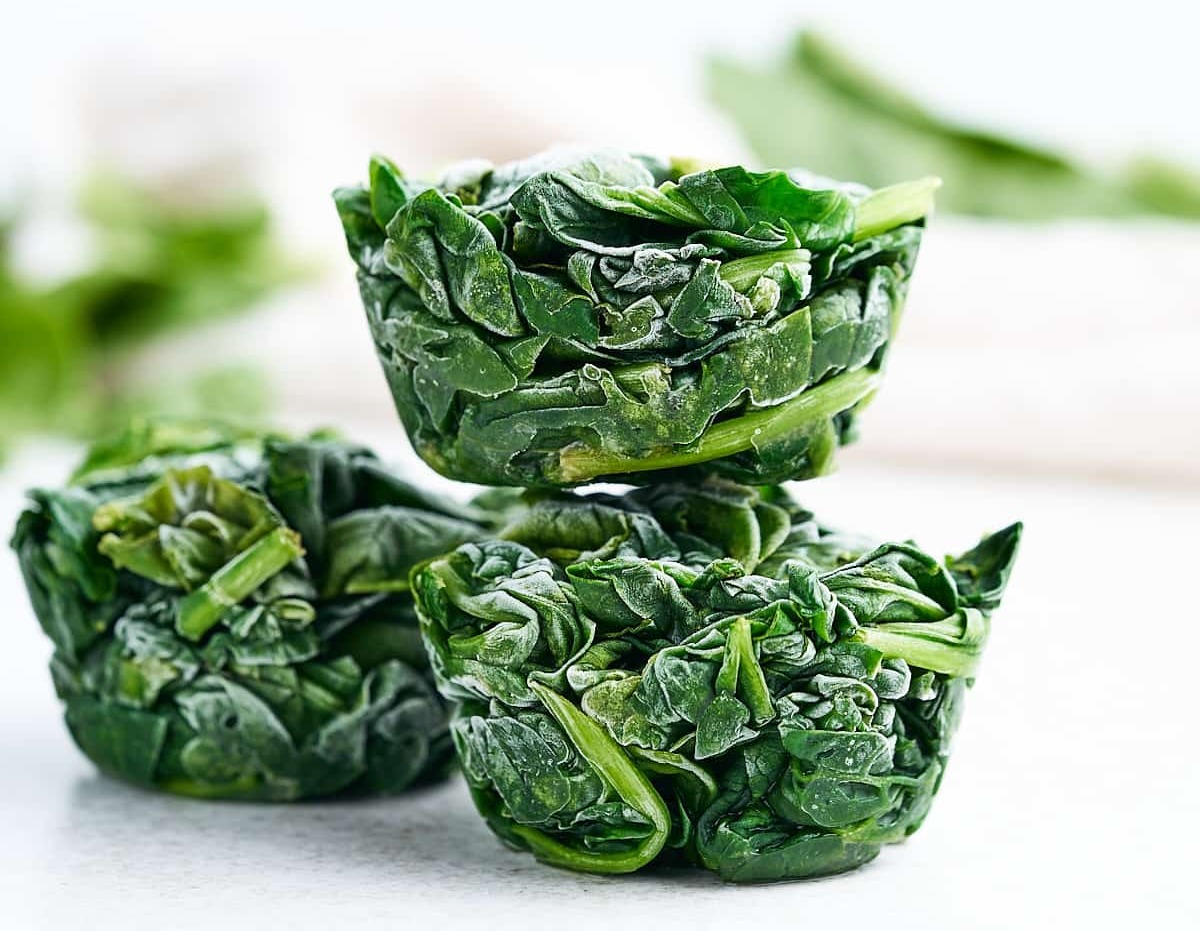
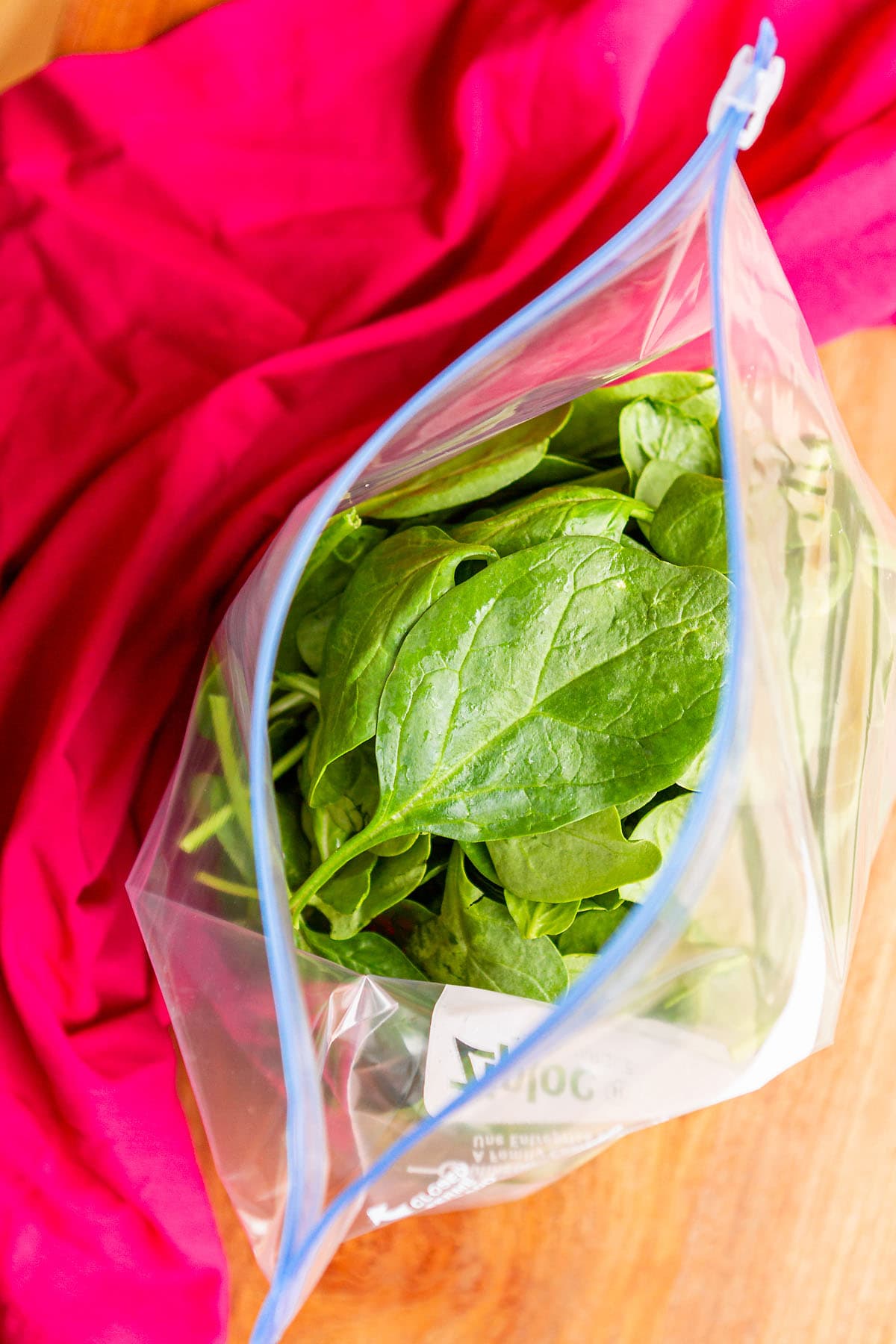
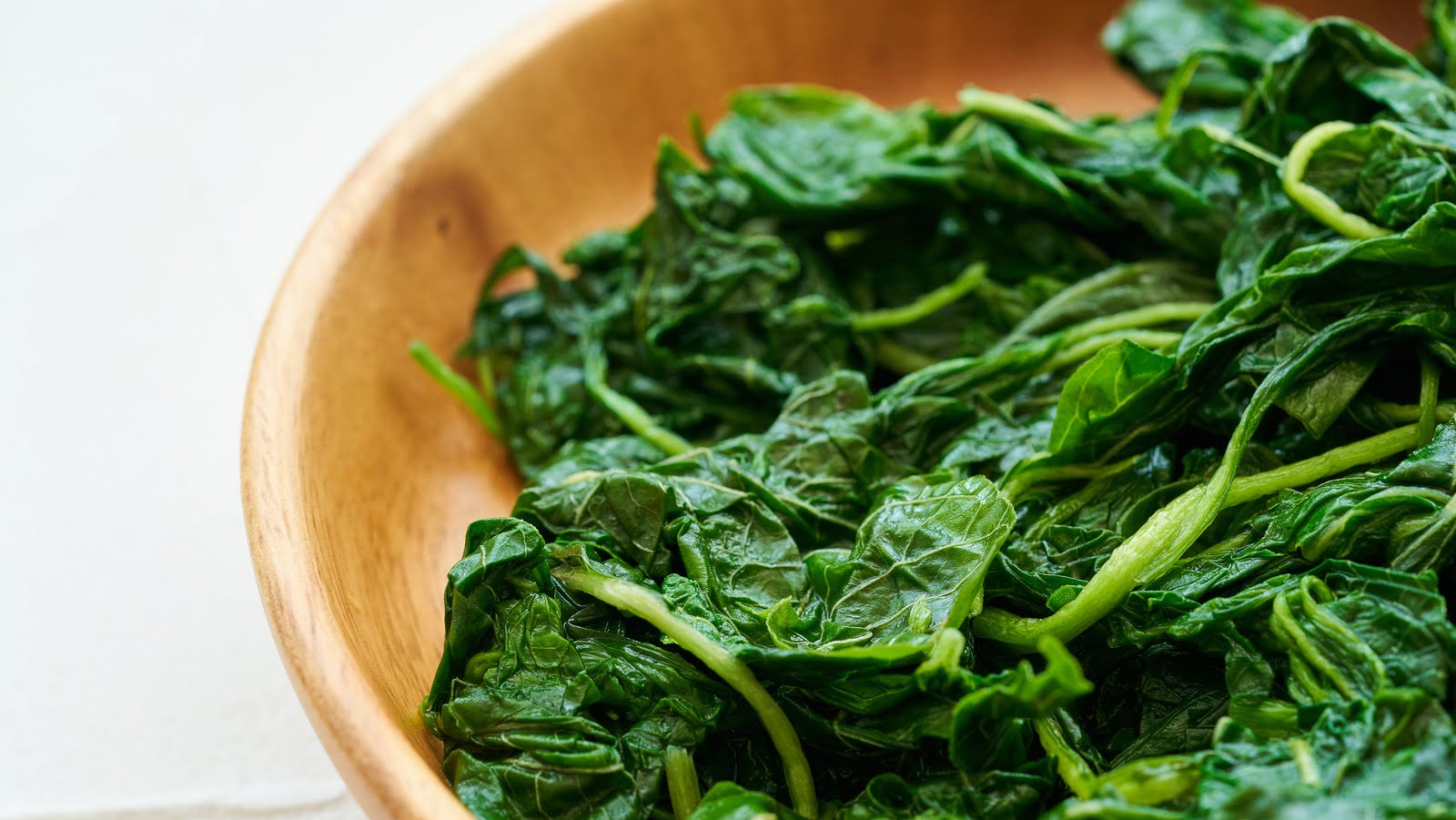
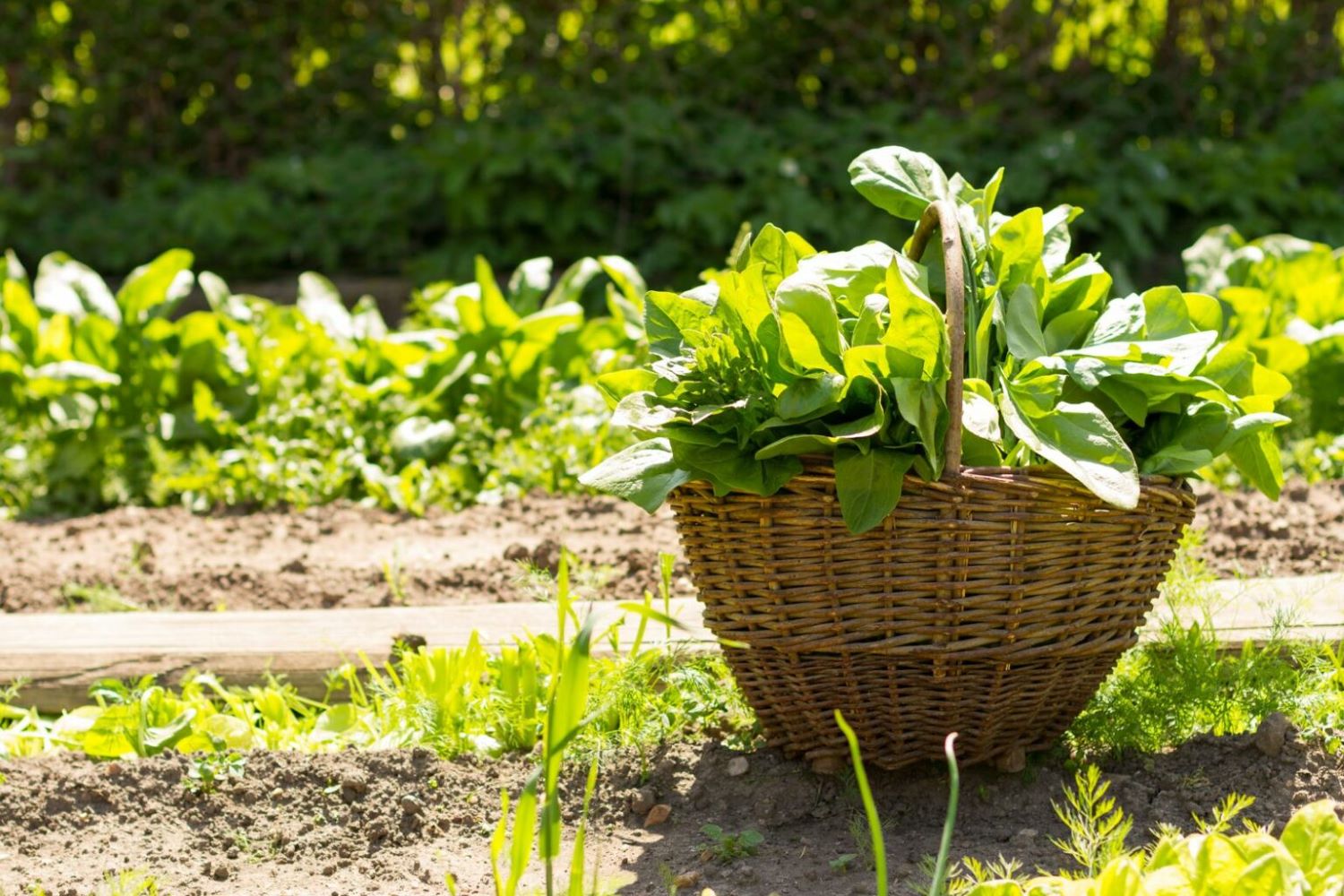
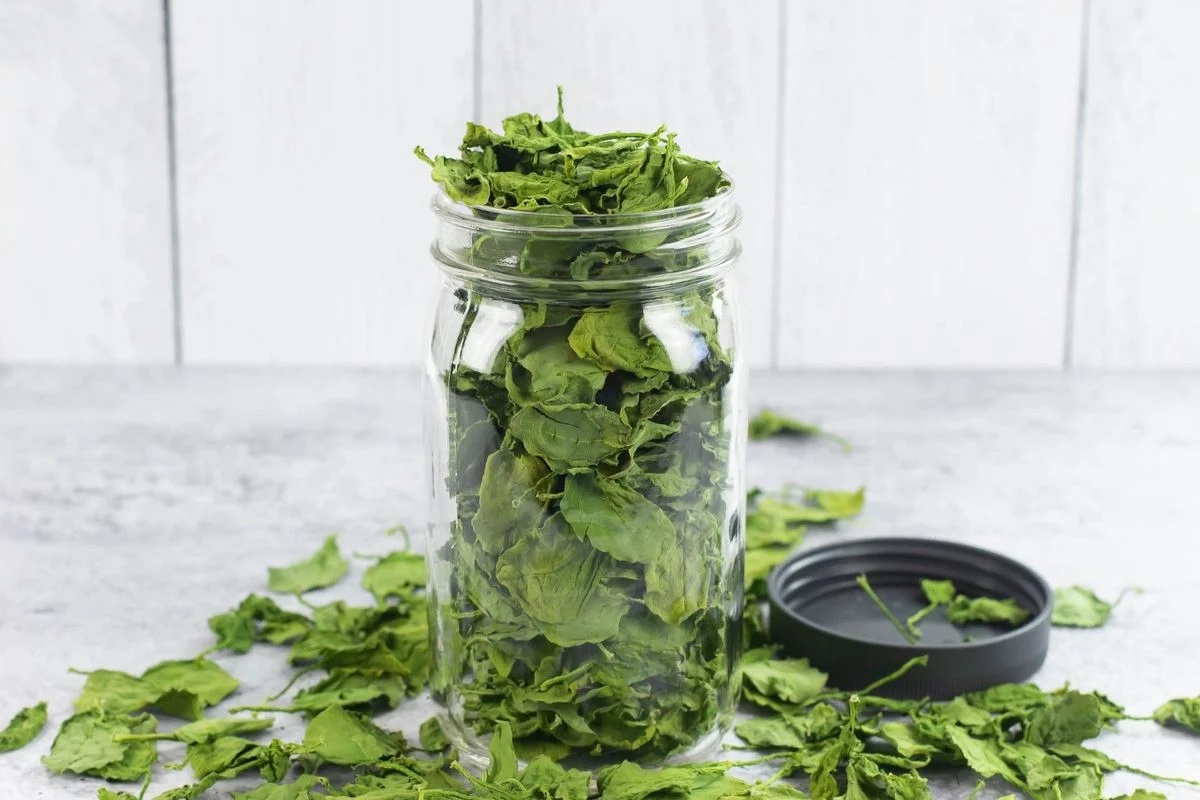
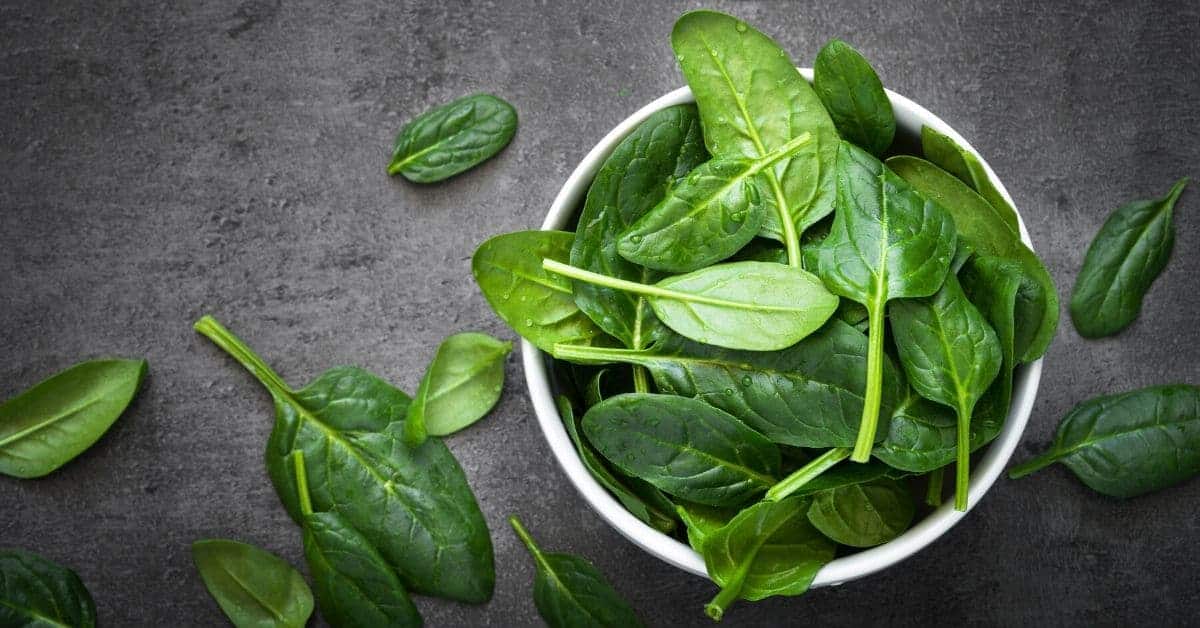
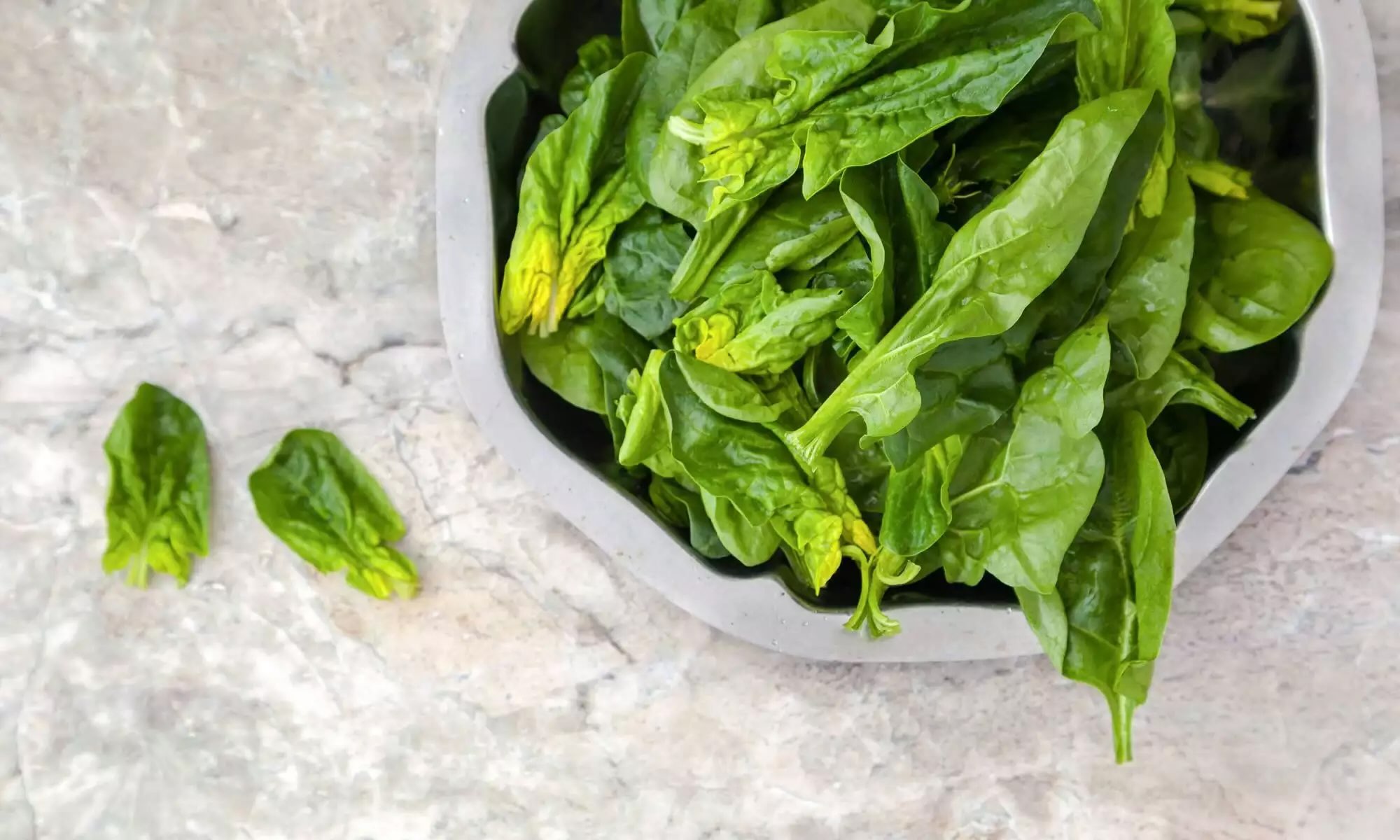



0 thoughts on “How To Store Spinach”